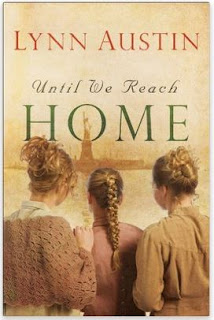From my reading it looks as though Sweden has also adopted the American spin on Halloween, parties and custumes etc. All well and good but they still hold to all helgons dag or All Saints Day. It is observed Saturday during the period 31 Oct - 6 Nov (2015:31 Oct or today). Traditionally a celebration of all Christian saints, the holiday is also a time of remembrance of loved ones who have passed away.
The custom is to light candles on family graves and leave flowers and wreaths. During the Saint's weekend, Swedes remember those who have left this life. Thousands of candles and lanterns light up cemeteries all over the country. Many churches also organise concerts to celebrate the day. Memories, gratitude to those that came before or the belief that the light of the hope of the resurrection overcomes the darkness of earthly death? No, one, except the one who lights the candle knows why he lights it, but the flames silently testify that our faith overcomes the darkness. The burning candles at the cemetery, lit on those evenings for those who are gone, at the same time reminds us of the light in our own world when darkness comes.
That is what alla helgons dag is all about. Light.
What a beautiful custom of remembrance. Beats the heck out of celebrating zombies?
Or maybe that's just me - Ranae.

































